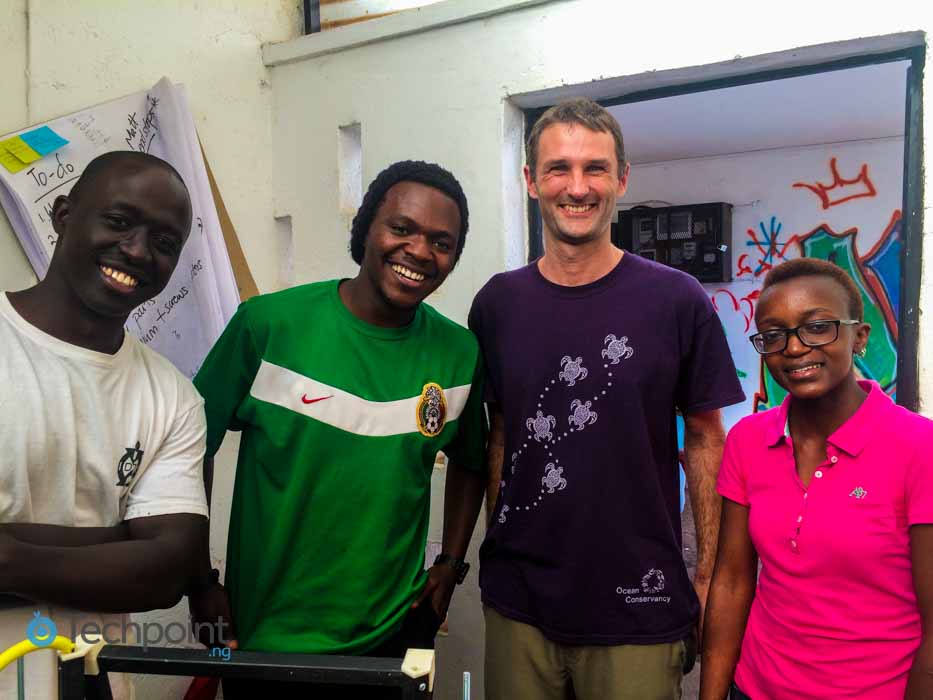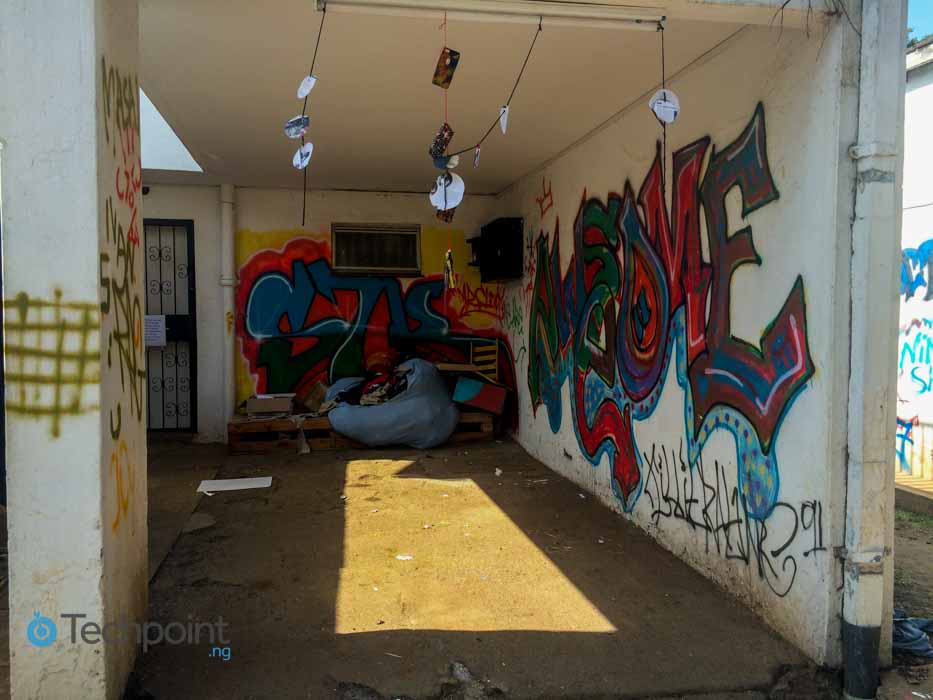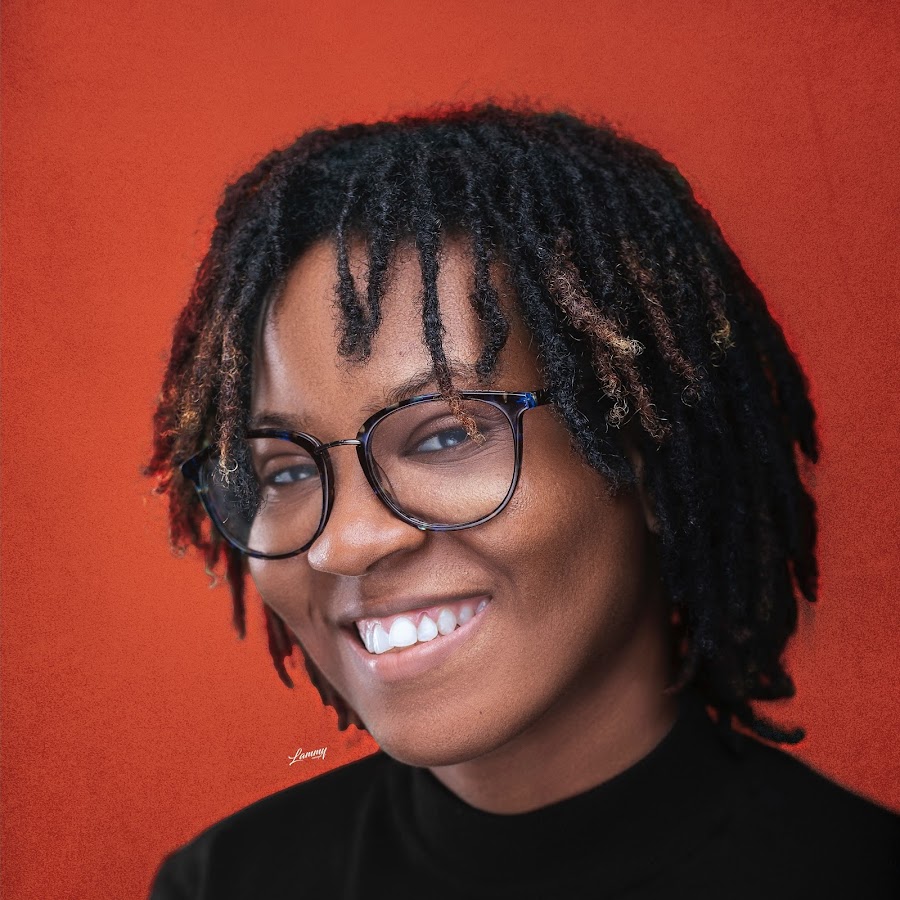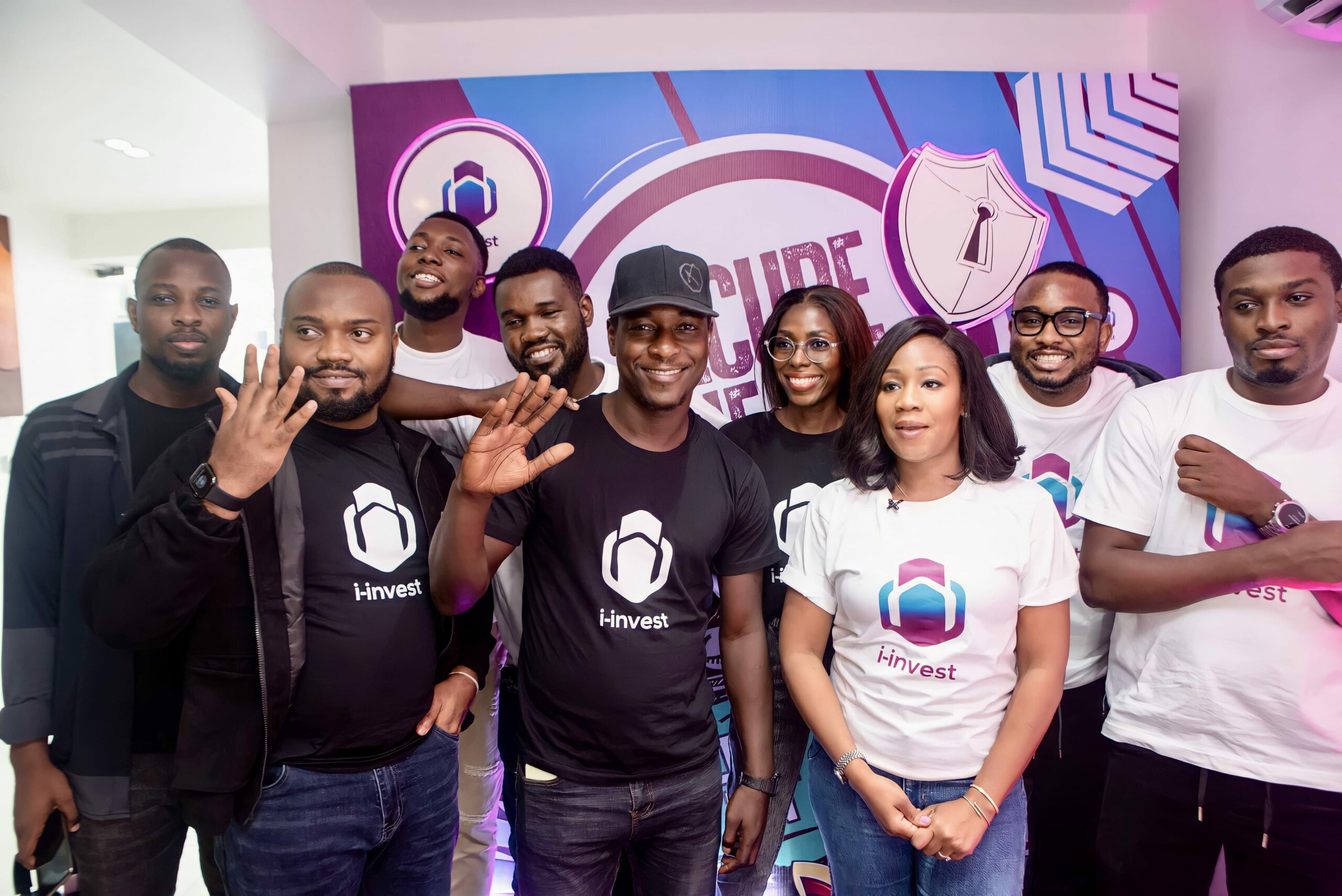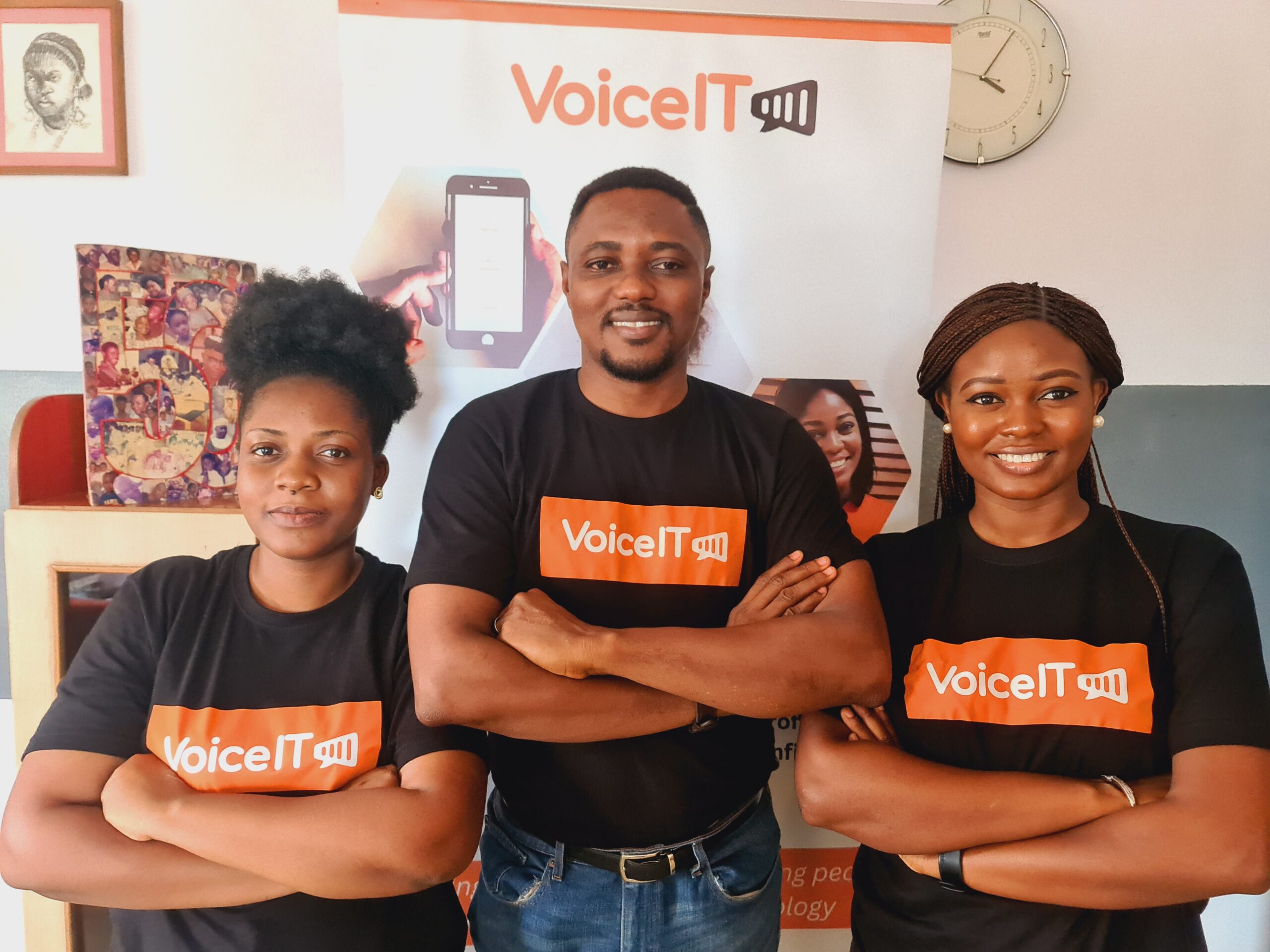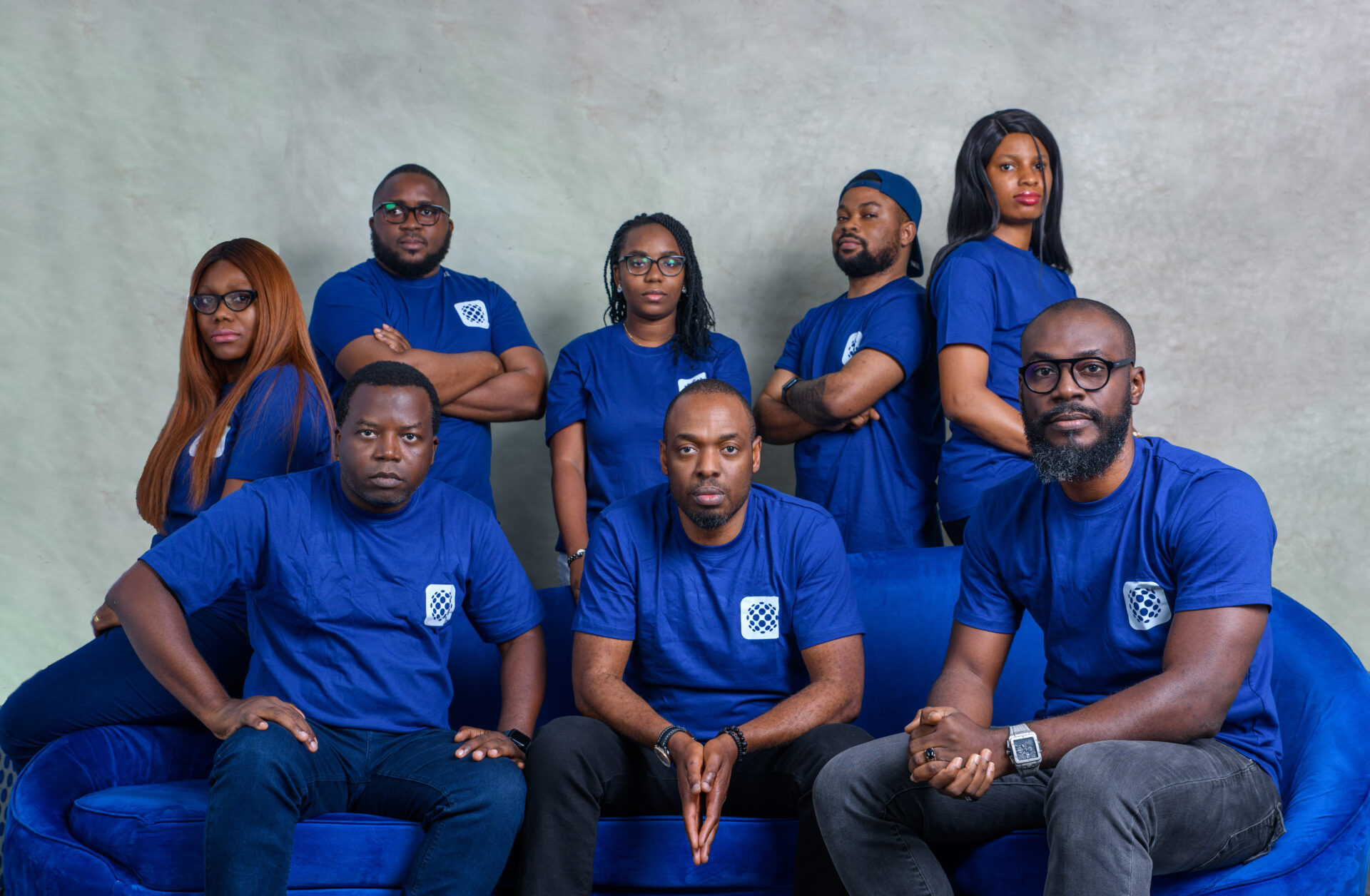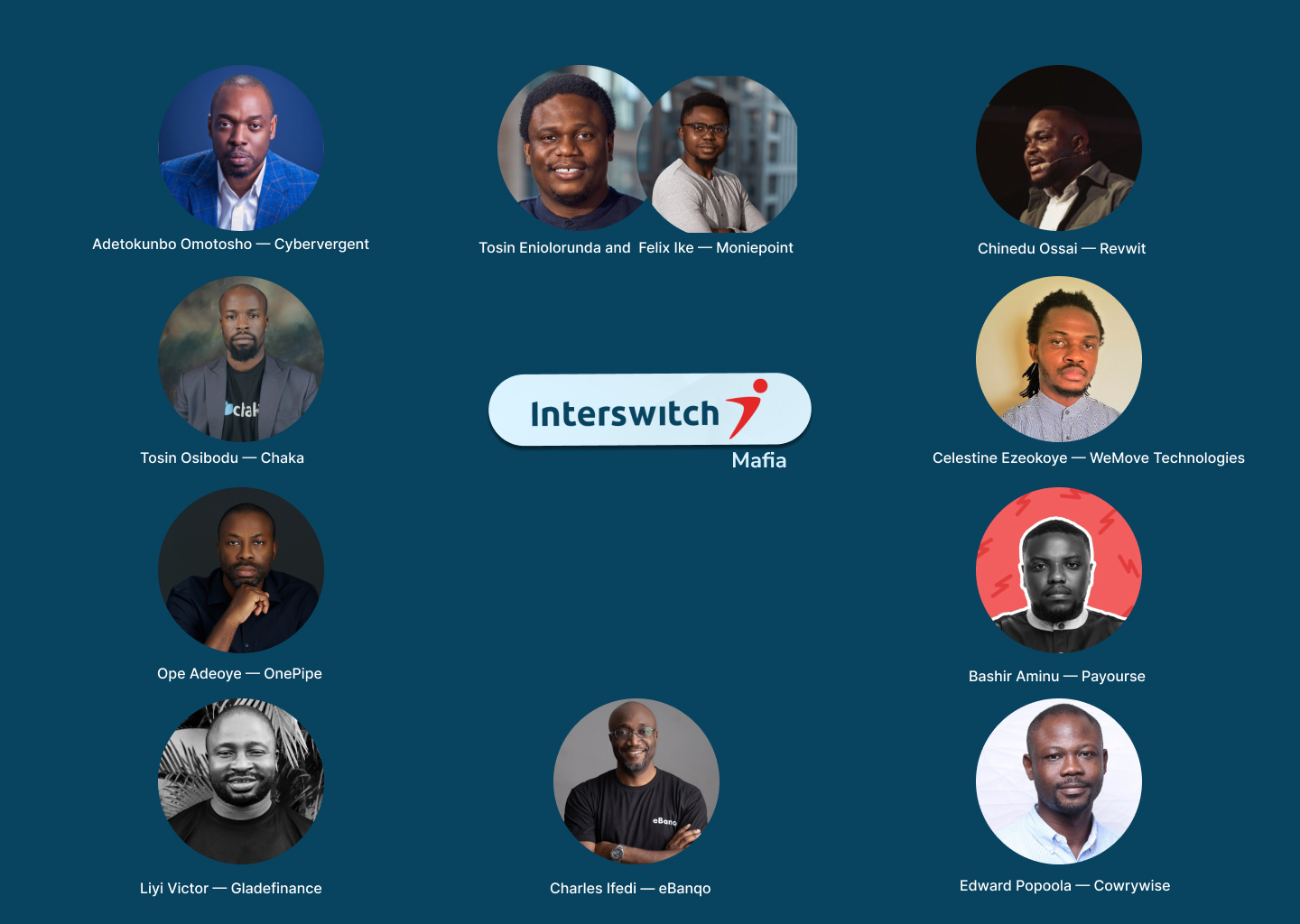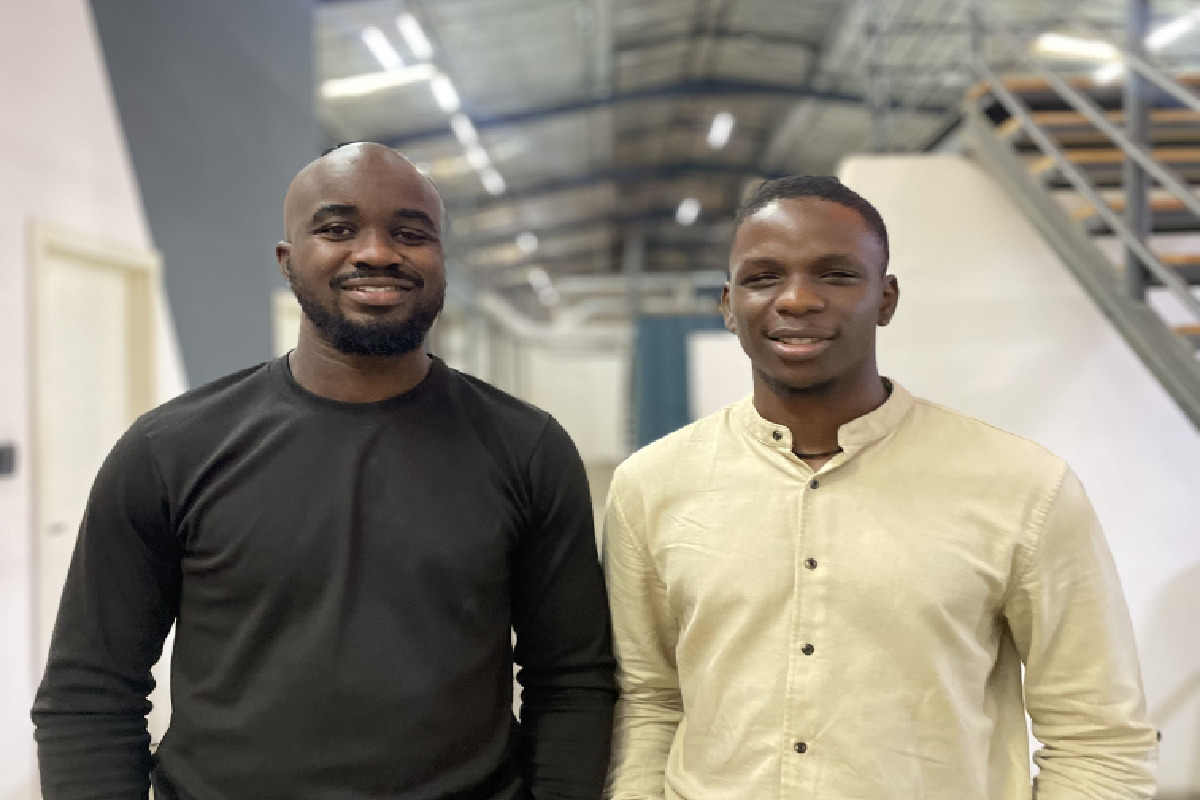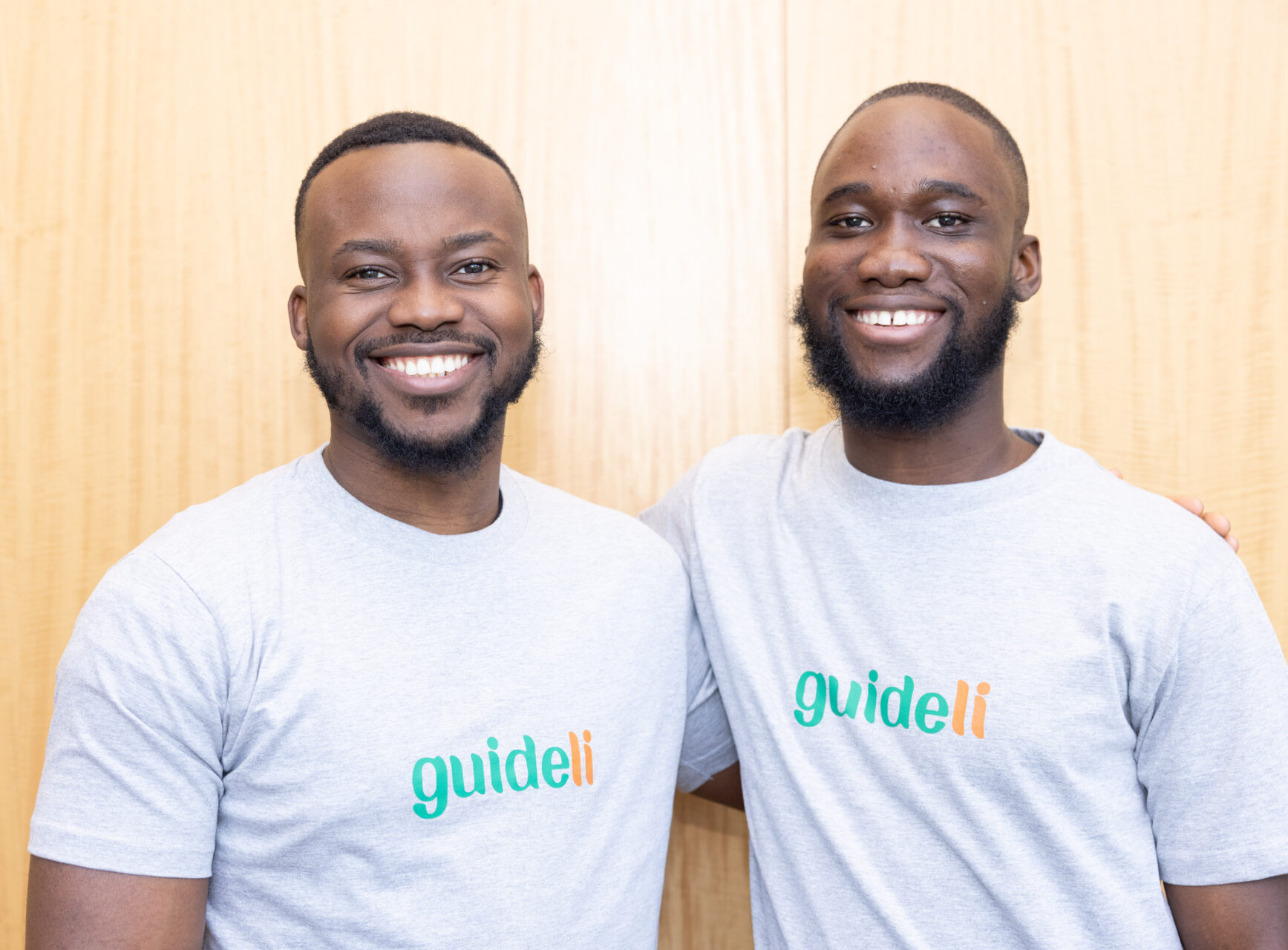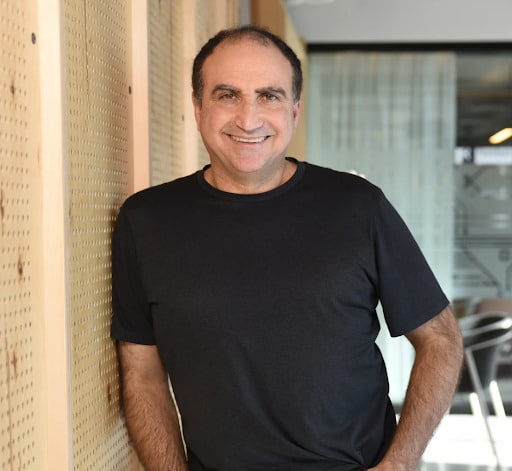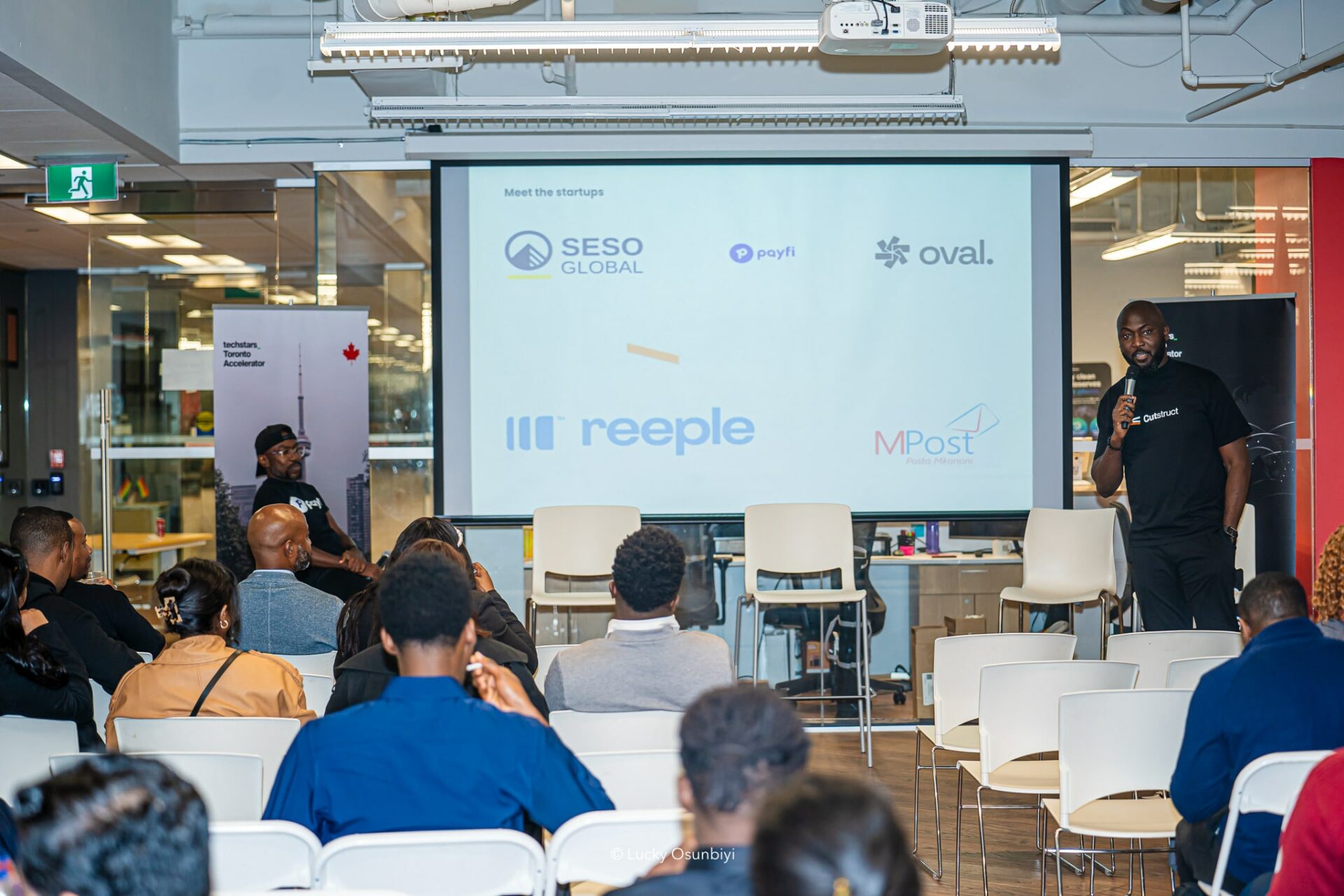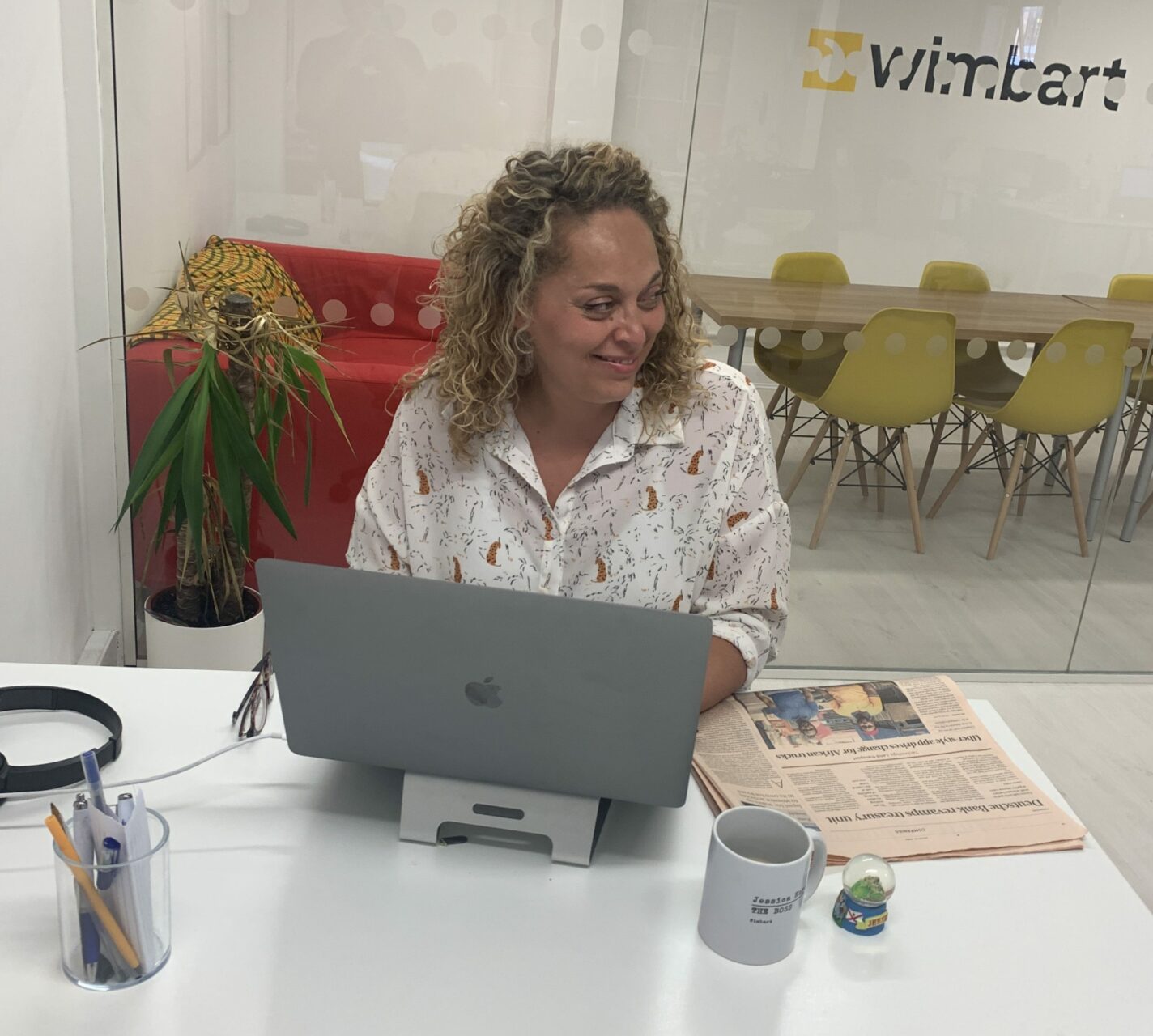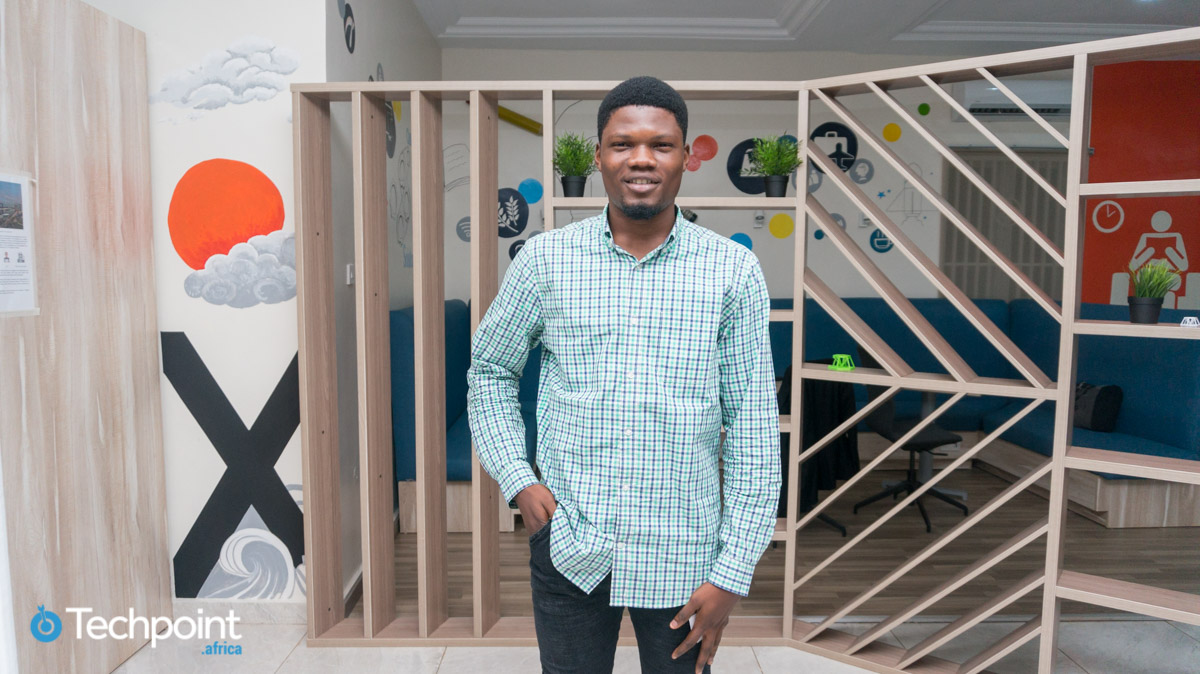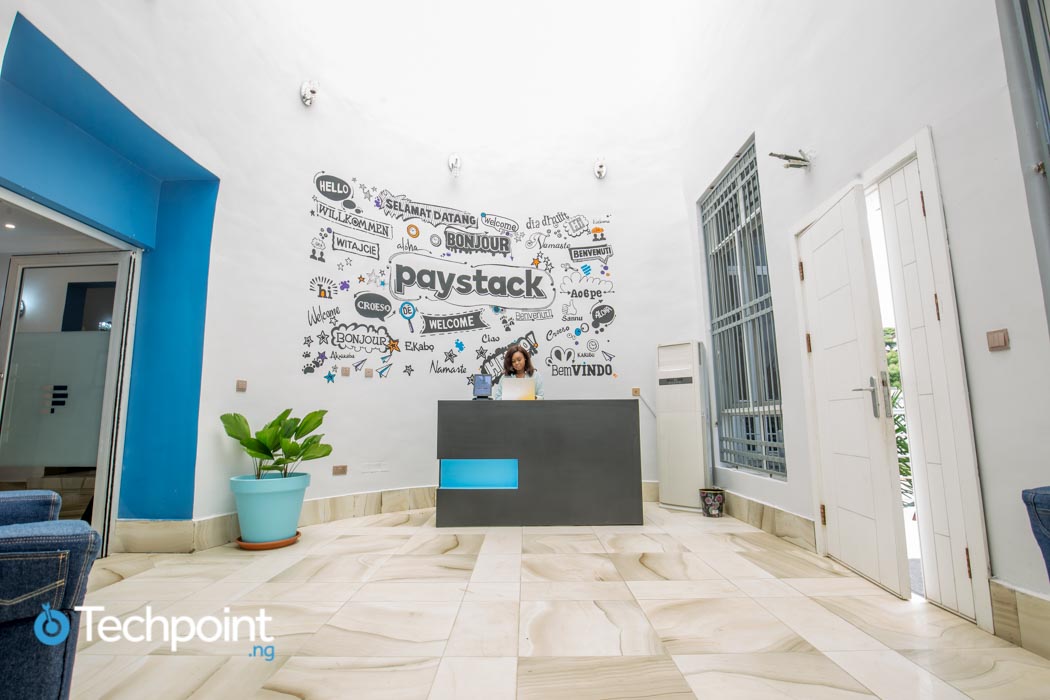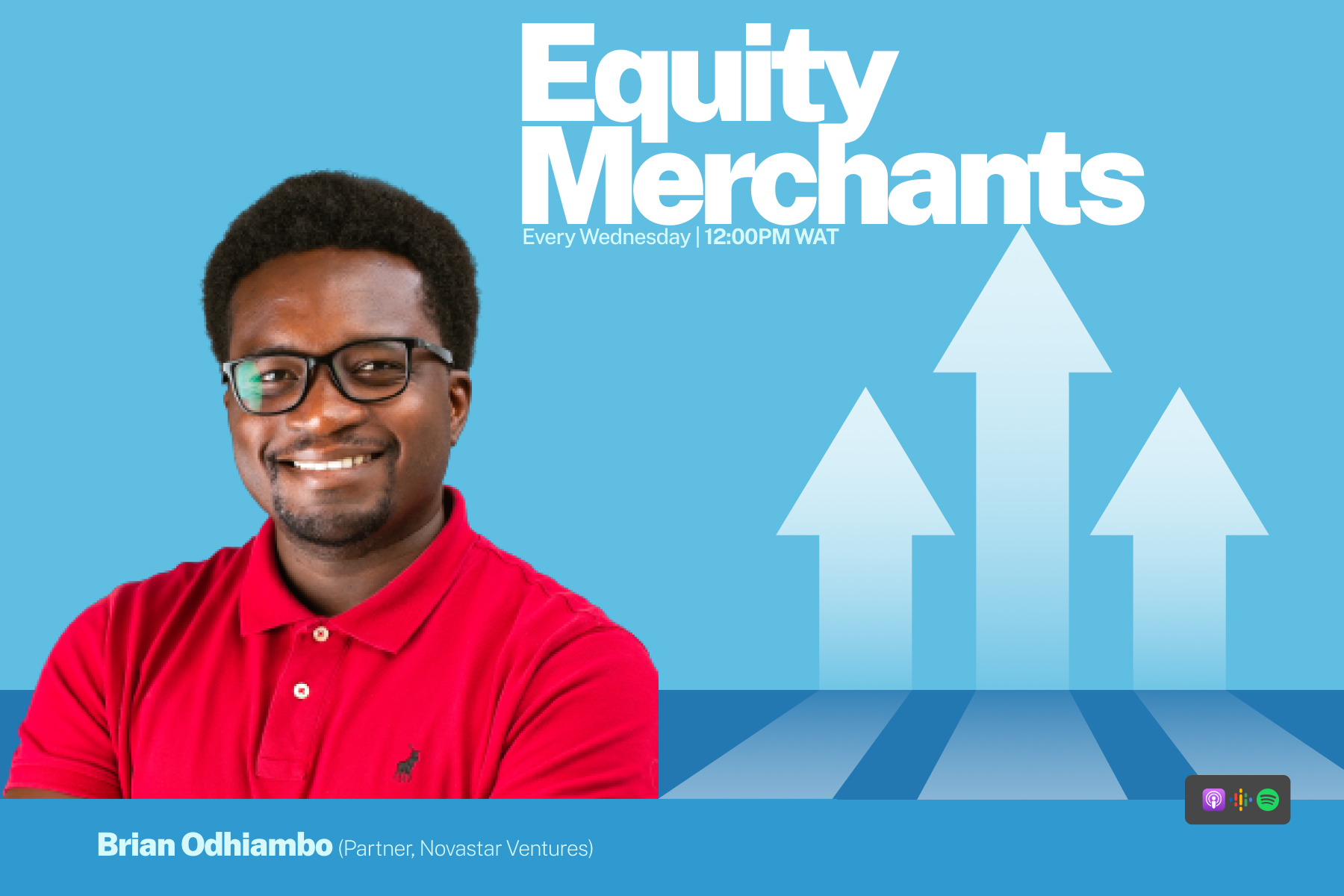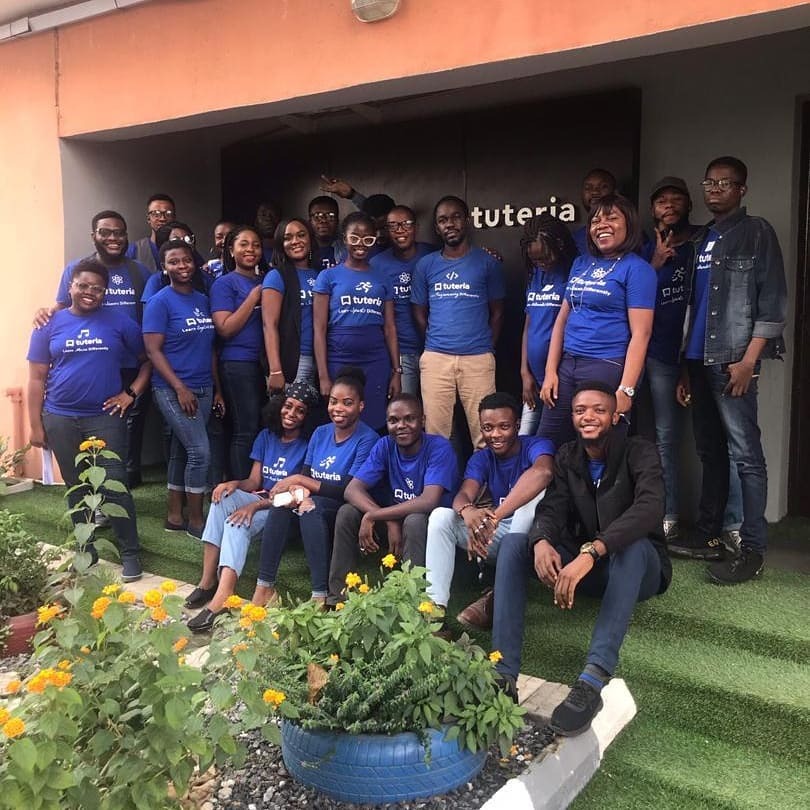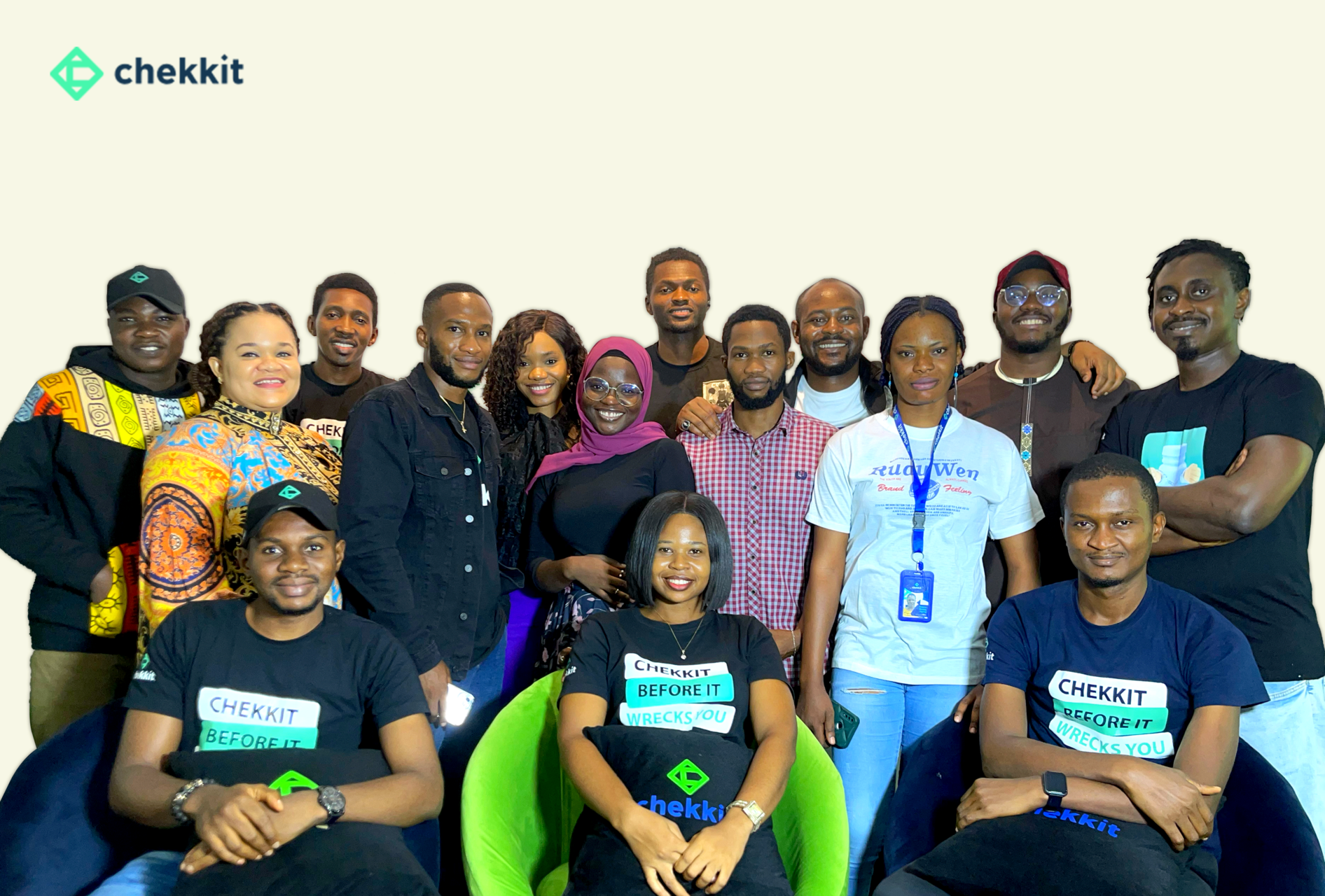Today in Africa, a lot of effort is being put into providing local solutions to local problems. There is a boom in world-class innovators, self made entrepreneurs and joining this list is the dynamic duo of Cameroonian Karl Heinz and Kenyan Ray Ombatti. They are the brains behind AB3D which stands for "African Born 3D printers". Karl is a part time bass guitarist who loves to read while Roy plays rugby and loves to travel with a purpose.
Techpoint spent an afternoon with them and their Technical Director, Matt Rogge at their workshop -- located at Creatives Garage -- where they shared some insights into what goes into the making their printers, challenges they face and their plans going into the future.
Tell us your educational and professional background
Karl: I have a Bachelors' in Mechanical engineering from the University of Nairobi. I also have a Business background from the Colorado State University in the US, more-so in Global Social and Sustainable Enterprise. Before starting AB3D, I was in paid employment but I quit because I did not find the job to be creative or something close to my passion .
I grew up like any other kid in the hood; I never had any thought process of doing this in the future. It came up through my interactions in college. I got into the software world; more so into appropriate technology where its is about designing technology that is solving a problem in the community. From that point -- my 3rd year in college -- I had changed to production where I have been since then.
Roy: My background is in Mechanical engineering as well and this is my first job .
I have always been tearing things apart so I knew it was something I wanted to do. At the university I explored that curiosity further. I joined the Fablabs, did a lot of projects there and also participated in the 3D4D Challenge. That experience is what led me to this point.
How did AB3D start?
Roy: There was the 3D4D challenge brought to us by techfortrade, which is run by William Hoyle. Techfortrade is UK based charity that came to the Fablabs in 2012, donated a 3D printer and introduced the 3D4D challenge. Long story short, I was one of the finalists. So was Matt right here who was the eventual winner of the challenge. After the challenge, we stayed connected with William who has been keeping tabs on us to see how we are doing. He also frequents Nairobi as he has other interests here. While at the finals in London, we talked about recycling PET plastic to make a 3D printer and it is almost a reality now thanks to Matt. Matt had earlier designed a 3D printer made out of electronic waste. We decided to do a pilot with techfortrade and other stakeholders to see if it would make sense set up similar things around the world. The first 2 pilots are here and in Dar es salaam both supported by techfortrade. In Dar es Salaam, it's with a technology innovation center called SticLab. .
We started in February but formally launched in May. We did our first training in February with Tunapanda Institute in Kibera and we built the first 2 printers then. Now we are just figuring out logistics and how to set up.

Be the smartest in the room
Give it a try, you can unsubscribe anytime. Privacy Policy.
What makes an AB3D printers unique?
Roy: What is unique is that they are made out of waste material yet, the quality of the product rivals what is made using fancy high end machinery overseas. AB3D printers are also locally produced and assembled using local materials, as opposed to importing foreign materials. There is also the social angle of our initiative -- the fact that we are recycling and reusing waste. For our filament, we collaborate with waste collectors who collect and sort then bring it to us. AB3D printers are also very affordable -- cost is between $300-400 USD.
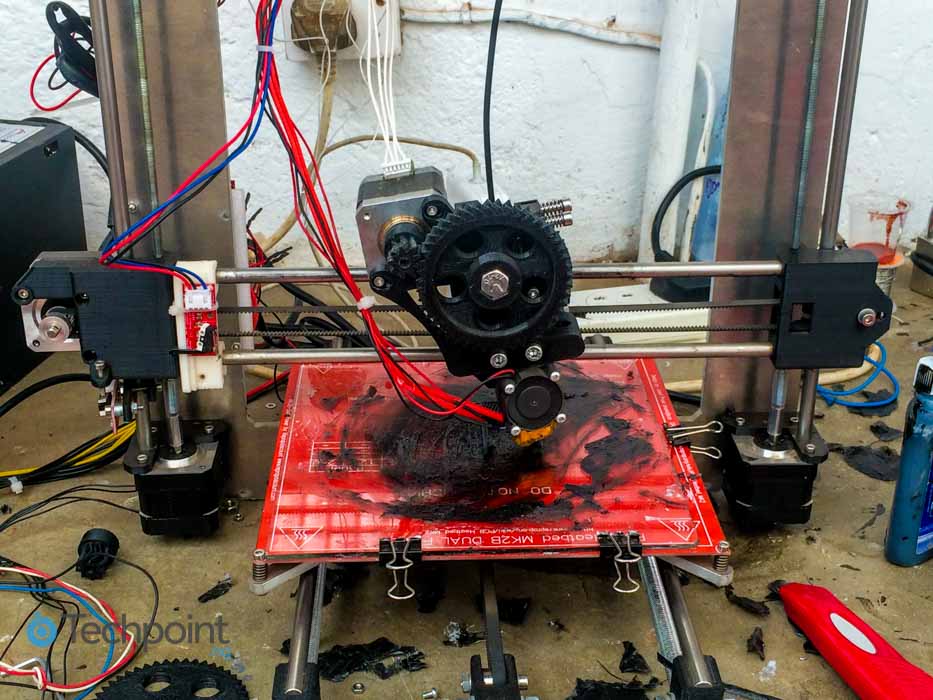
Where do you get your e-waste from?
Roy: Our initial plan was to work with a community group from Dandora but due to logistics and other issues, we are now working with another group based in Dar es salaam.We get the e-waste from Nairobi at the WEEE Centre. They give us the smooth rods, wires, motors, power supplies. The plastic waste is what we get from Dar es Sallam, we are in the process of setting up a partnership.
Matt: A motor is the US costs $10. By the time they ship it to my house, it costs around $12. If I want it shipped to Nairobi, I have to pay customs among other things.There is a store that sells them here for 3500KSH($35) a piece. We buy a kilo of waste for 30ksh(less than $1)
3D printing is a fairly new concept in Kenya. Do you have any competition?
Roy: Are there people who have made 3D printers before? Yes, but none is producing them for sale. None that I know of at least. The only person I know was selling them for 100,000KSH($1000) which was very expensive. We charge a fraction of that for ours.We do enjoy the fact that we are the first in this market but that also has its challenges, like people do not know the product or its value.
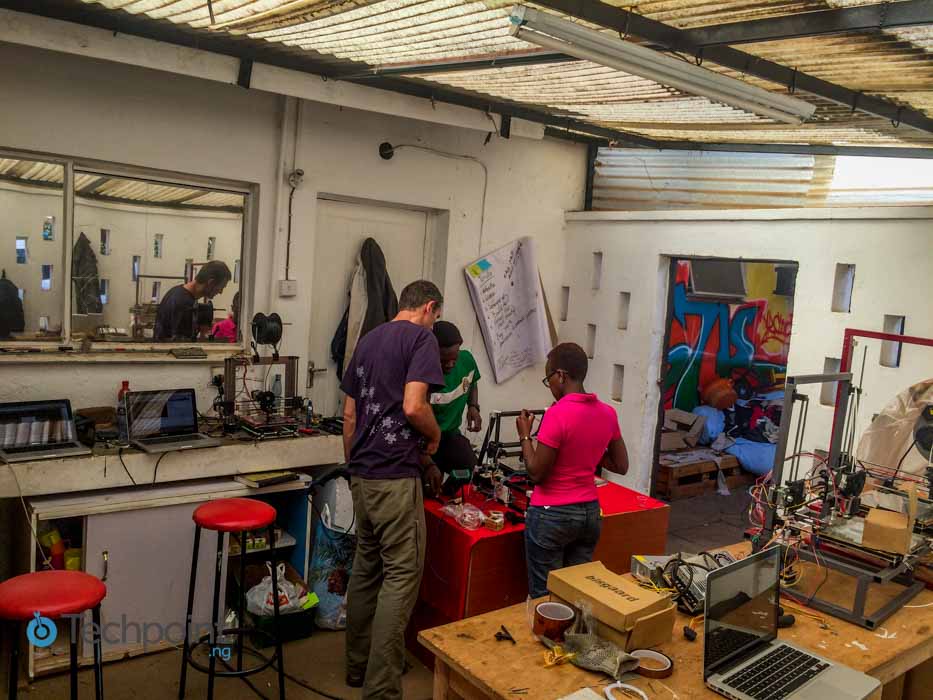
Who is your target market?
Karl: They are very diverse -- schools(all levels) , design institutions, architecture firms, rapid prototyping and manufacturing institutions. You can use it anywhere even within the health sector. We plan to make a microscope which will cost a fraction of its equivalent bought from the shops. We are hoping to launch that very soon. People who are making jewellery, hearing aids can also use our printers.
What was your initial source of funding?
Karl: It ties to our link with techfortrade. Matt here is the one who came up with this whole design. Techfortrade is fully funding us now for the initial stages but not for equity though, as it a charity.
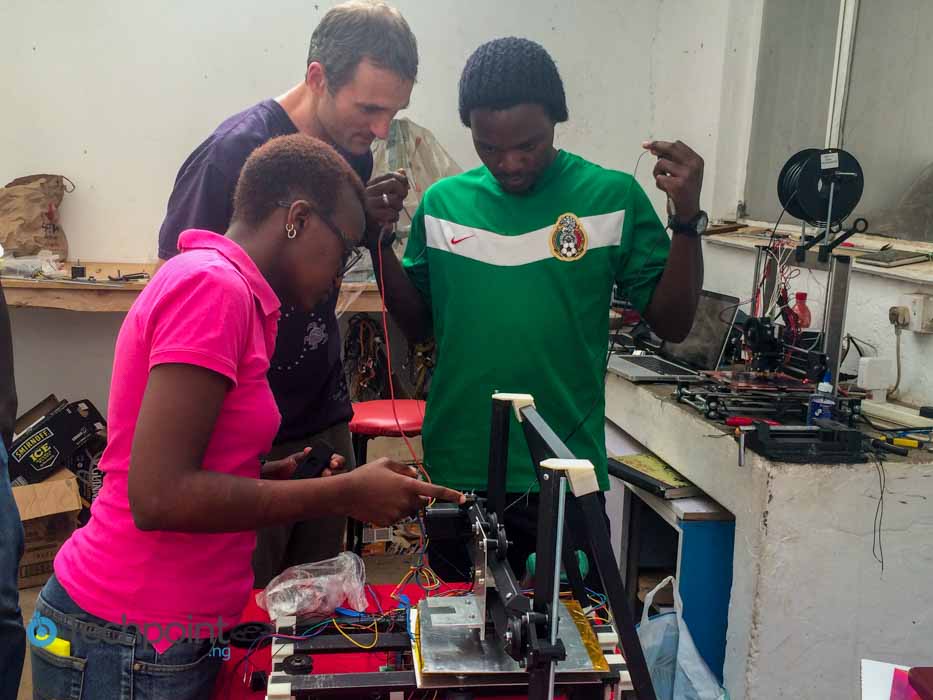
How easy has it been to start? To put your product out to the market?
Roy: Not easy at all. We are having challenges in marketing, sale of printers and getting certain parts like screws which has been a big driving factor towards the change of the design.
Karl: Marketing especially because it is not our field. We are more into production. How do we balance the workload of making something to getting it out to the market is a challenge? We do everything so its more of lack of human resource. Manufacturing process also has a high fixed cost so to make 10,000 of this would be difficult for us
When do you feel least motivated?
Roy: That would be before we got our print quality right. The printer was printing funny things but now its okay.
Matt: One of the things about the machines is that even if it is built right, since the fabrication is digital the computer has to send the right instructions to the printer, which relies on the calibration which is somewhat of an art form. Getting it right can take some time to learn the process.
What was the first thing you printed with your first printer?How long did that take?
Karl: Our second printer. With our first printer we printed the next. It took around 1 working day to print the parts.
How do you end up printing a part as an end product?
Matt: I do 3D modelling then convert it into a format that the computer then turns into instructions to build. These printers are special because when you make them out of electronic waste, the parts you get for one printer are always different from another. So the design for all our printers is different. We design the printer every single time to use eWaste since everything is always so different . A lot of my work went into writing a program that lets the printer do the design for you. What we do is that when we get the parts, we measure them and enter their specifications into the program; it then generates the design .
What is your biggest insecurity for AB3D?
Karl: The turnout of sales, that is my biggest insecurity. I don't know how the market test will be; it could go both ways.We could get a surplus of demand -- say 10,000 printers in 5 months -- and that would scare me. We could also get underwhelming orders like 4 printers in 2 months.
Roy: My biggest fear is failing, for this not to work. That could come either through not selling the printers or making certain business decisions that would kill this. I believe in what we are doing and I am very passionate. I hope it grows into something that would touch peoples lives.
How do you think your product will compete in the global market as compared to other 3D printers?
Roy: We are selling a reality, how many other printers are made from recycled and reused parts? That for anyone should be enough to make someone buy our printer. You get what you want(to print) and through that you support a social initiative.
Matt: 3D printers are pretty fragile. If its with global brands here in Kenya, what happens when you buy a printer from the US and it breaks? You have to order for parts from the US, wait a month then you have to pay customs for the parts and may not even have assistance fixing your printer. Whereas with our printer, if you have any issues with it, we are right here to help you. 3D printers are pretty fragile.
What will define success for AB3D?
Matt: Setting a new norm that it's okay to re-use items. Also to create awareness; just because the machine a part came out of is not useful doesn't make the part useless. Use it until it cannot be used anymore.
Karl: We want AB3D to become the startup referenced to in Africa. The fact that we were able to start a hardware company from scratch and churn out different versions of the printers just like Apple does for phones .

